
What is the UL 4200A Label? How to Get It?
The UL 4200a testing standard aims to reduce the risk of children accessing and ingesting button batteries from products. It requires products containing removable batteries to use specified methods to ensure secure placement of the batteries. It also describes how products should be labeled, including warnings about hazards and instructions to keep batteries away from children.
Scope of Products for the ul 4200a test Report:
Products intended for consumer (household) use that are equipped with lithium button batteries with a diameter ≤32mm, and a diameter greater than the height (some end product standards may have additional requirements).


1.1 These requirements cover household products containing or potentially using button or coin cell batteries with lithium technology.
1.2 These requirements do not include products that exclusively use battery types other than lithium button or coin cell batteries.
1.3 These requirements apply to consumer products containing lithium button or coin cell batteries. They do not apply to products intended for specialized purposes or professional use in locations inaccessible to children.
1.4 These requirements are designed to supplement other safety requirements for products containing button or coin cell batteries and are not intended to replace specific requirements in other safety standards aimed at reducing the physiological hazards of such batteries.
Main Objective of the New Requirements (but not limited to):
To reduce the risk of children accidentally swallowing batteries.
Construction Requirements:
3.1 For products that have "user-replaceable or removable batteries," the structure must meet the following conditions:
- 3.1.1 Use the IEC 61032 probe 11 for testing; the battery must not be accessible. For enclosures that can be opened without tools or with fewer than two independent and consecutive actions, open the enclosure for evaluation.
- 3.1.2 The product must be designed to prevent children from moving the battery:
- The battery compartment should only be openable using a tool (such as a screwdriver or coin), or if opened by hand, at least two independent and simultaneous actions are required to access the battery compartment.
- 3.1.3 If the battery compartment cover or door is secured with screws or similar fasteners, the fasteners must be captive to the cover or door.
3.2 For products with "non-user-replaceable or removable batteries," it must effectively prevent users or children from removing them. The product should be designed as follows:
- 3.2.1 The battery should be inaccessible through the housing or a similar method.
- 3.2.2 The battery should be permanently fixed in place using methods such as welding, riveting, or similar.
Requirements for the UL 4200A Test Report
4.1 Abuse Test:
- Portable products must withstand three drops, and handheld products ten drops, each from a height of one meter onto a hard horizontal surface.
- The enclosure or battery compartment cover/door must endure an impact test of 2J, repeated three times.
- Crush Test: 330N force is applied to the exposed surface for 10 seconds using a flat surface approximately 100mm x 250mm in size.
- After tests a, b, and c, apply a force of 45N for 10 seconds using IEC 61032 probe 11. The battery must remain inaccessible, and the battery compartment cover/door should not open or lose functionality.
4.2 Secure Installation Test:
- For batteries "not intended for user replacement," use a hook to apply an outward force of 20N for 10 seconds; the battery should not come loose.
JJR Laboratory in China is an IEC 17025 accredited lab, offering ul 4200a-2023 testing services for Amazon customers. Our fee is $698, with a one-week turnaround. Feel free to inquire!
Email:hello@jjrlab.com
Write your message here and send it to us
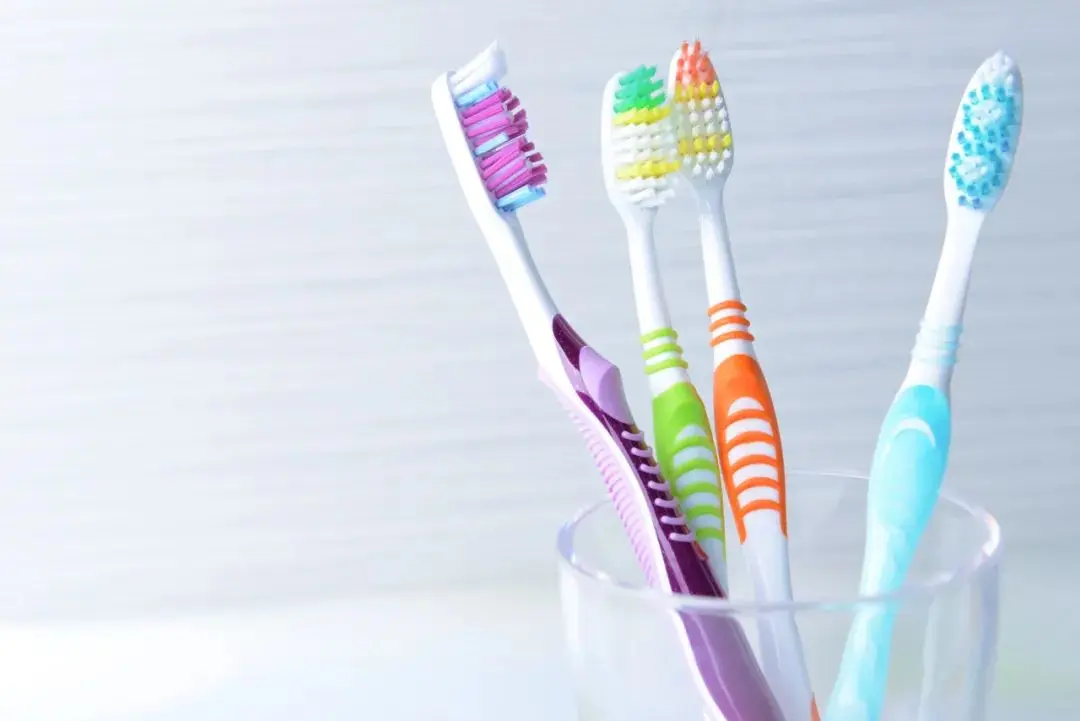 Toothbrush FDA Certification Testing
Toothbrush FDA Certification Testing
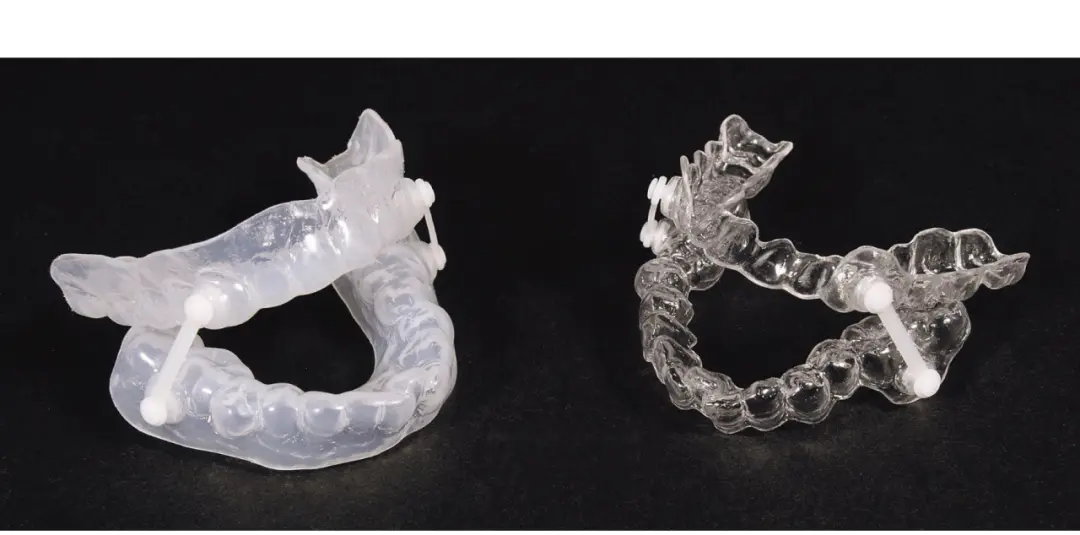 Snoring Device FDA 510k Standard Testing
Snoring Device FDA 510k Standard Testing
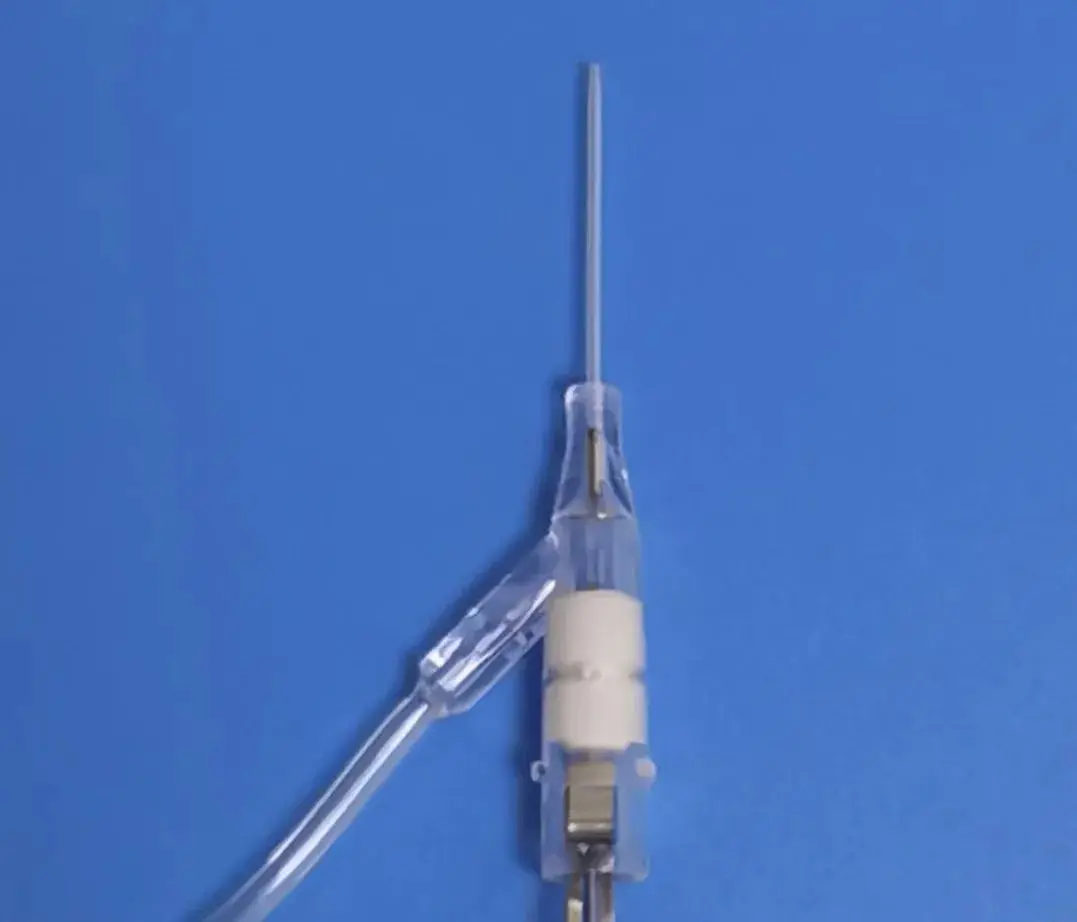 Single Use Intravenous Catheter Certification Test
Single Use Intravenous Catheter Certification Test
 Silicone Material Product Compliance Certification
Silicone Material Product Compliance Certification
 What to Do If Cytotoxicity Test Results Are Positi
What to Do If Cytotoxicity Test Results Are Positi
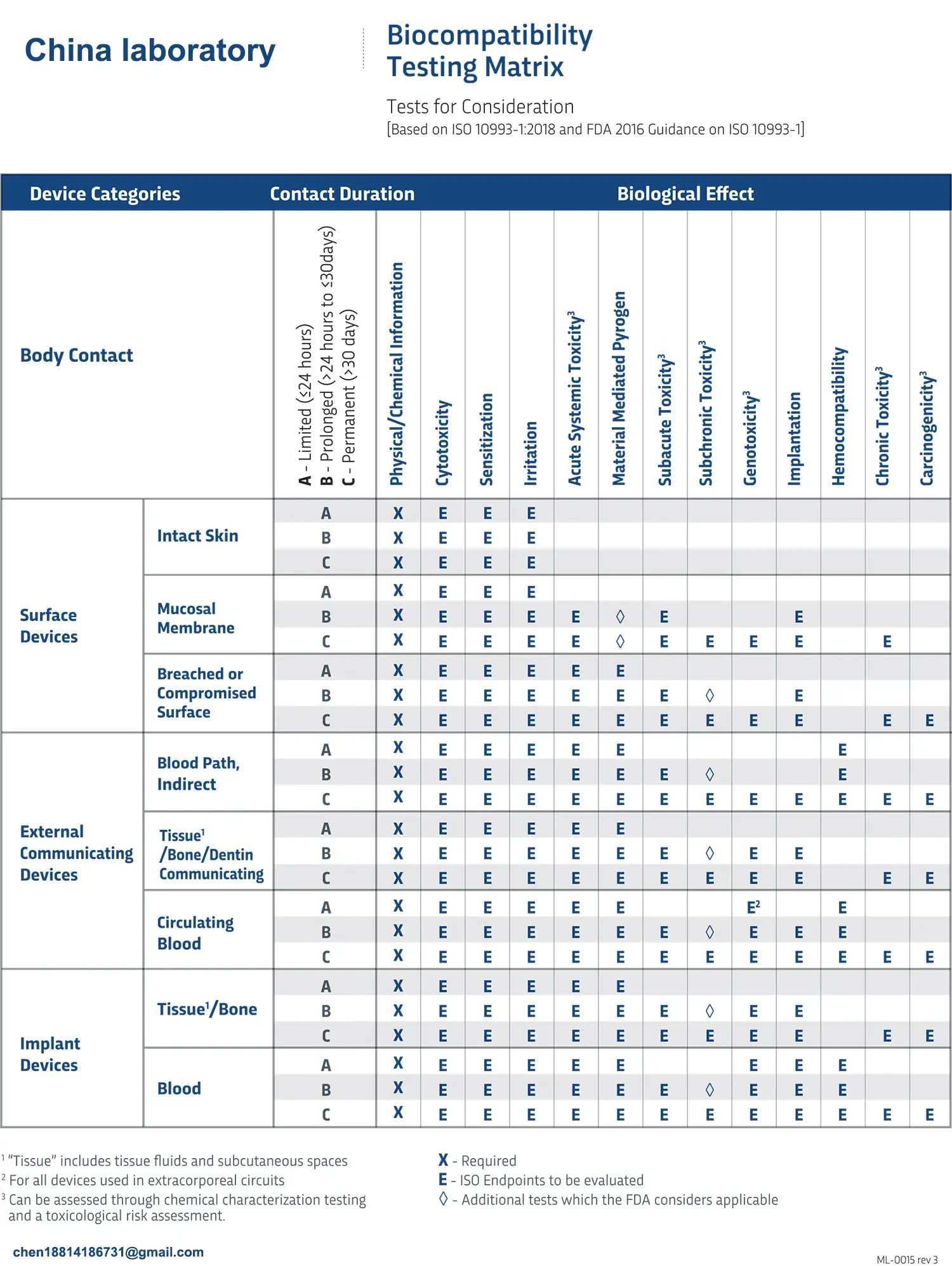 ISO 10993:5 Cytotoxicity Testing Methods
ISO 10993:5 Cytotoxicity Testing Methods
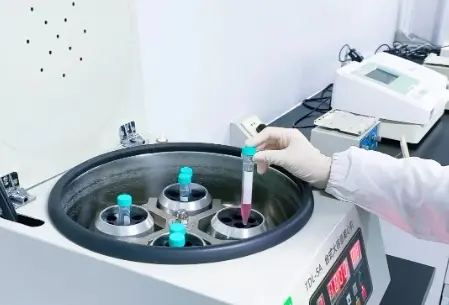 FDA ISO 10993-1 Biocompatibility Evaluation Guidel
FDA ISO 10993-1 Biocompatibility Evaluation Guidel
 In Vitro Cytotoxicity Testing for Medical Devices
In Vitro Cytotoxicity Testing for Medical Devices
Leave us a message
24-hour online customer service at any time to respond, so that you worry!




